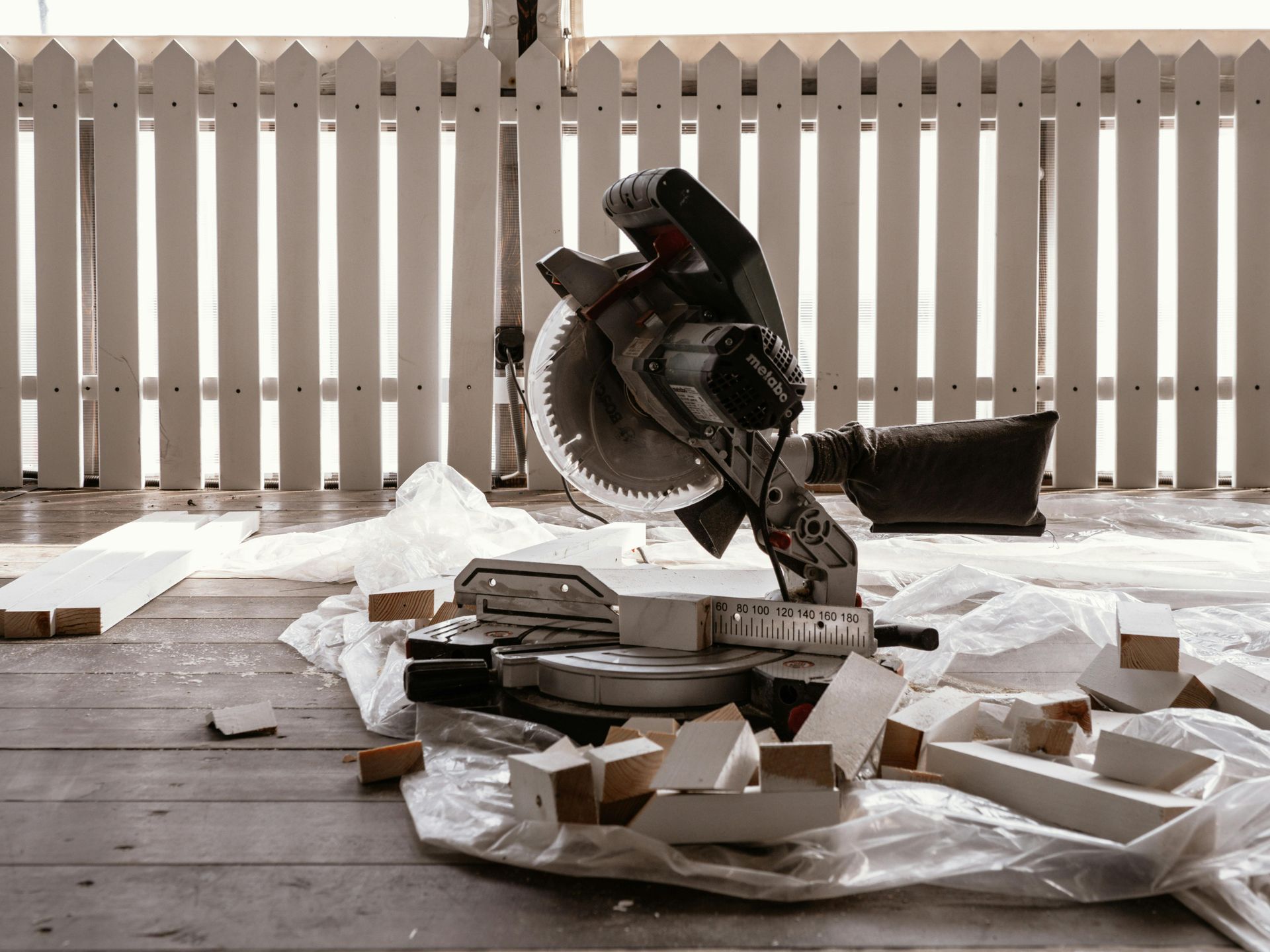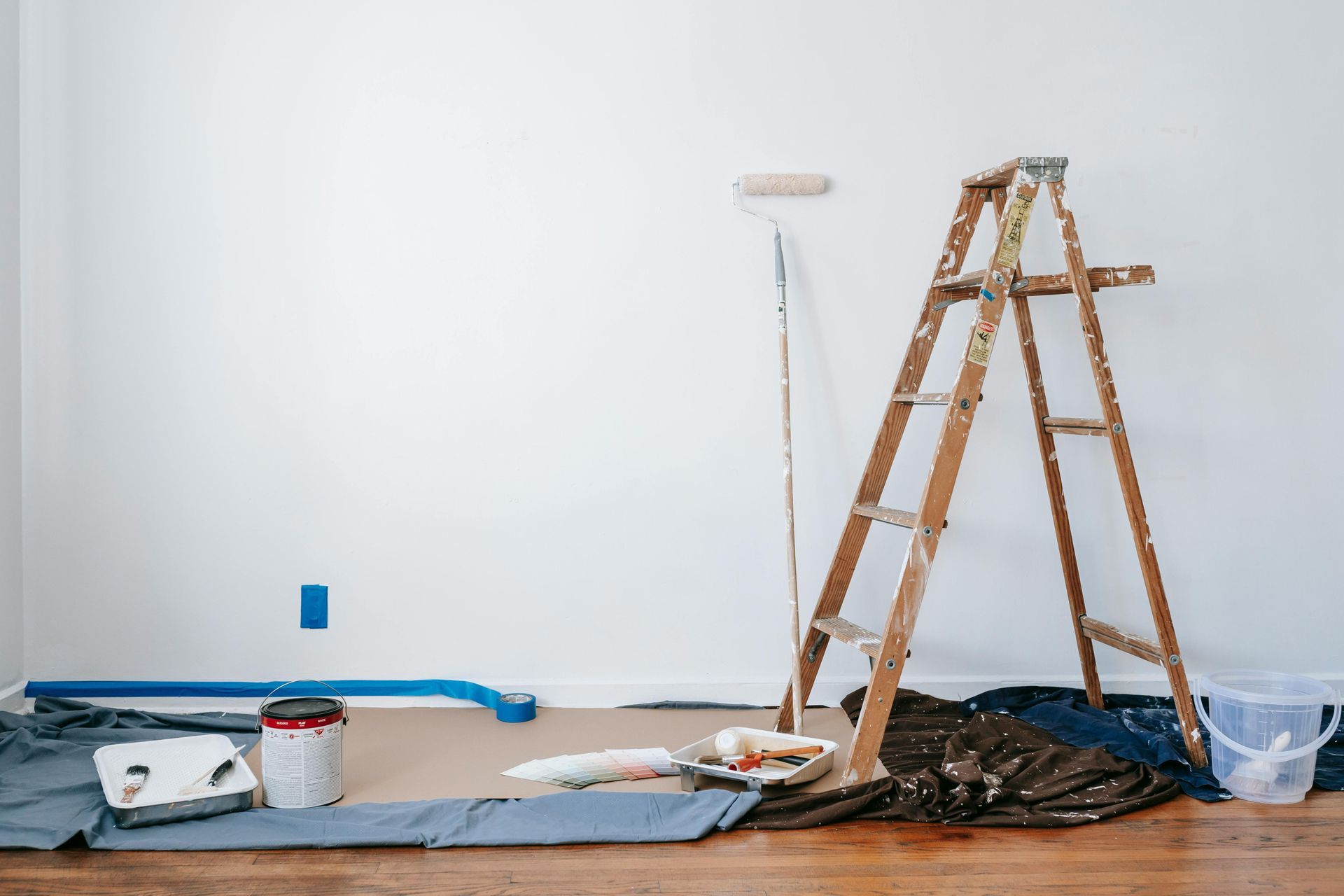How to Lay Deck Boards Easily
Deck-board installation is a great way to create an extension in the home for relaxation and entertainment. Decorating the patio with a single-level deck framed with finely-finished timber woods naturally improves the look and feel of the home.
Decking in Boulder is either fixed to stand freely on their own or attached to the house. And the boards come in different patterns and shapes that allow the installer to get creative and come up with unique designs.
What Is a Deck Board?
It is commonly known as a home improvement material used in forming the surface of a deck. The boards come in different types, PVS, composite, or wood, and they can carry up to 100 lbs per square foot, depending on the purpose of its installation.
The boards come complete with good resistance to rot, dampness, cracks, fades, and warps, and they don't require extra touches (like sealing, painting, tinting) to look nice. Good quality lumber in Boulder is not affected by sun rays and is known to have a good slip-resistance ability. Composite decking is a fantastic alternative to wood.
Where to Install Deck Boards?
Deck boards can be laid on any dry and leveled ground. Before taking any step towards laying the decks, it is important to define the purpose for the construction. The purpose is what determines how the boards will be laid. People install decking for different reasons, for example -creating a place for privacy, relaxation, entertainment, or children's play area. People install deck boards for reasons best known to them, and these reasons are what determine the structure, design, size, and location of the fixture.
A homeowner can either decide to hire a professional for the installation or do the work themselves. Either way, the individual must consider these factors while planning for a deck project.
The nature of the ground: is the ground plane or slopy? Sloped grounds are not ideal for decking. Each of the boards needs to be rested on properly leveled ground.- How exposed is the location to sunlight? When building a space for relaxation, keep off from locations that are regularly stricken by sunlight as it can also affect a low-quality deck material.
- The panorama exposure: locate a nice spot (with a beautiful view in your home) to lay the boards.
- Consider privacy: check if the spot will provide the needed privacy.
- Avoid moisturized ground: Wet grounds cause deterioration and damage on the boards.
- Look out for supporting features: things like trees can help provide shields and structural support for the structure.
- Budget of the project: when working with a low budget, visit any Boulder hardware store to buy affordable deck materials that can suit your budget.
- Draw a plan: sketch your deck-board layouts and meticulously work it out. Try not to waste materials available.
Important questions to ask when planning a deck project
What type of deck board material is required?- What is the size of the spot?
- What is the dimension of the boards?
- What is the expansion gap needed for the deck boards?
- What are the required tools?
- What safety precautions or measures need to be observed during the process?
How to Lay Deck Boards
Deck board laying is not as difficult as it seems. With the right knowledge and guides, one can build an attractive deck that will spur neighbors to scream “wow!” And this is possible even for someone without prior experience.
- The first step towards achieving a successfully fitted and professionally looking deck is by creating accurate layouts for the deck. The layout guides the individuals to fix the boards in the perfect dimension and angle.
- Secondly, assemble all needed materials for the installation, and keep them on-site a day or two before the actual work begins to avoid running around to look for materials on the day of the project. The materials should be kept away from sun radiation, even the high-quality boards. Sunlight can alter the quality and appearance of the boards, and weak boards are easily affected by sunlight.
- Afterward, get the ground ready for the actual laying. An already dry and level ground won't need any groundwork. However, the installation would need to employ a land leveler machine and smoother to level plowed and uneven terrain. Another option for preparing the ground for composite decking in Boulder is to cover the leveled area with landscaping fabric; this will prevent plant and weed germination, which causes serious damage to the boards.
- The next step would be to create a solid base for the boards. The deck boards are usually installed on solid frames, and the frame is what provides structural support for the boards. The base can be built with a timber frame that is screwed and fastened together. Building a strong, safe, stable deck is impossible without a solid foundation. The foundation contains the load and pressures from the board. A strong foundation is what guarantees durability and sustainability.
- The project will require the individual to engage in some physical tasks like moving the boards, lifting heavy timbers, cutting, etc. The activity can be exhausting, so it’s important to get extra hands to assist in the lifting and cutting.
- Make good use of the measuring instrument, ensure that each of the boards is properly aligned according to measurement. And ensure that the cuts are accurate, use 90-degree when sawing so as to achieve a fine cut. After every cut, smoothen the edges after cutting and ensure there are no splinters.
- Create accurate drills by marking out the spots where holes need to be created, which will ultimately ensure correct fixings.
- Put on all the necessary protective outfits, which includes a face mask, safety goggles, gloves, etc.
- Avoid burning remnants of timber planks. Instead, dispose of them in the recycling bin or waste disposal unit. When they burn, toxic chemicals in the wood are released into the atmosphere.
Homeowners also have the option of consulting a reliable brand like Trex Decking Boulder for professional assistance regarding their deck board installation and maintenance.


